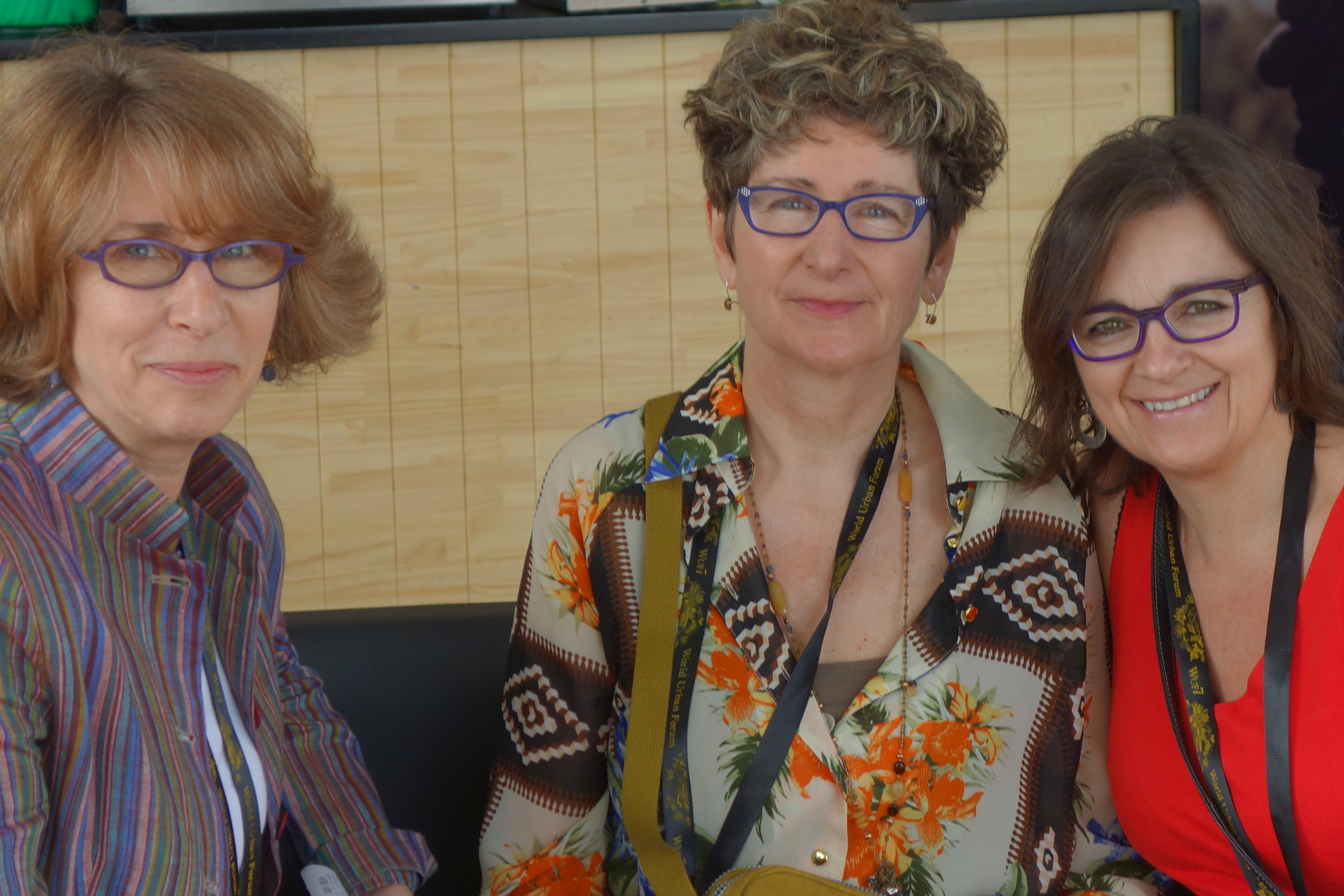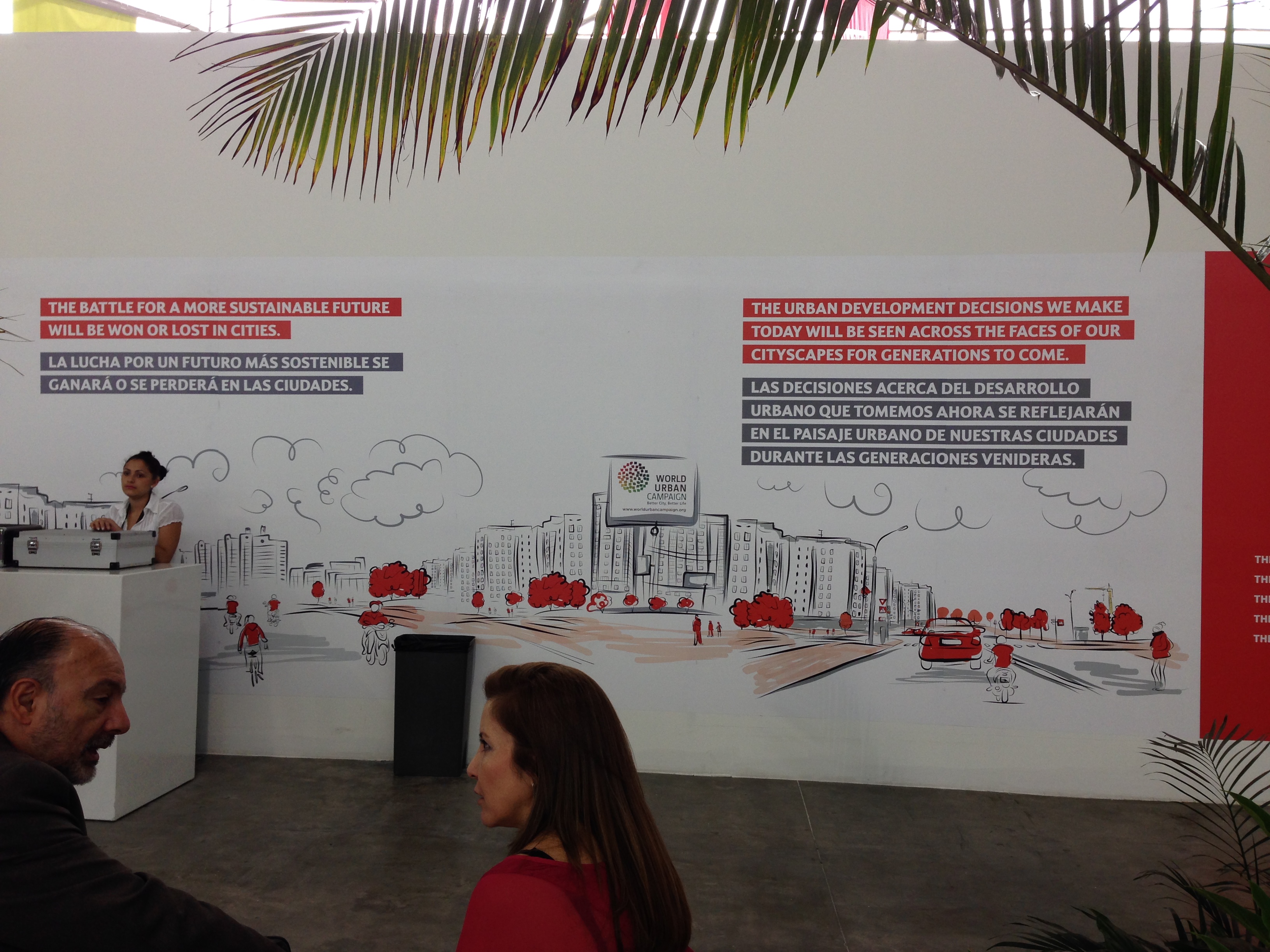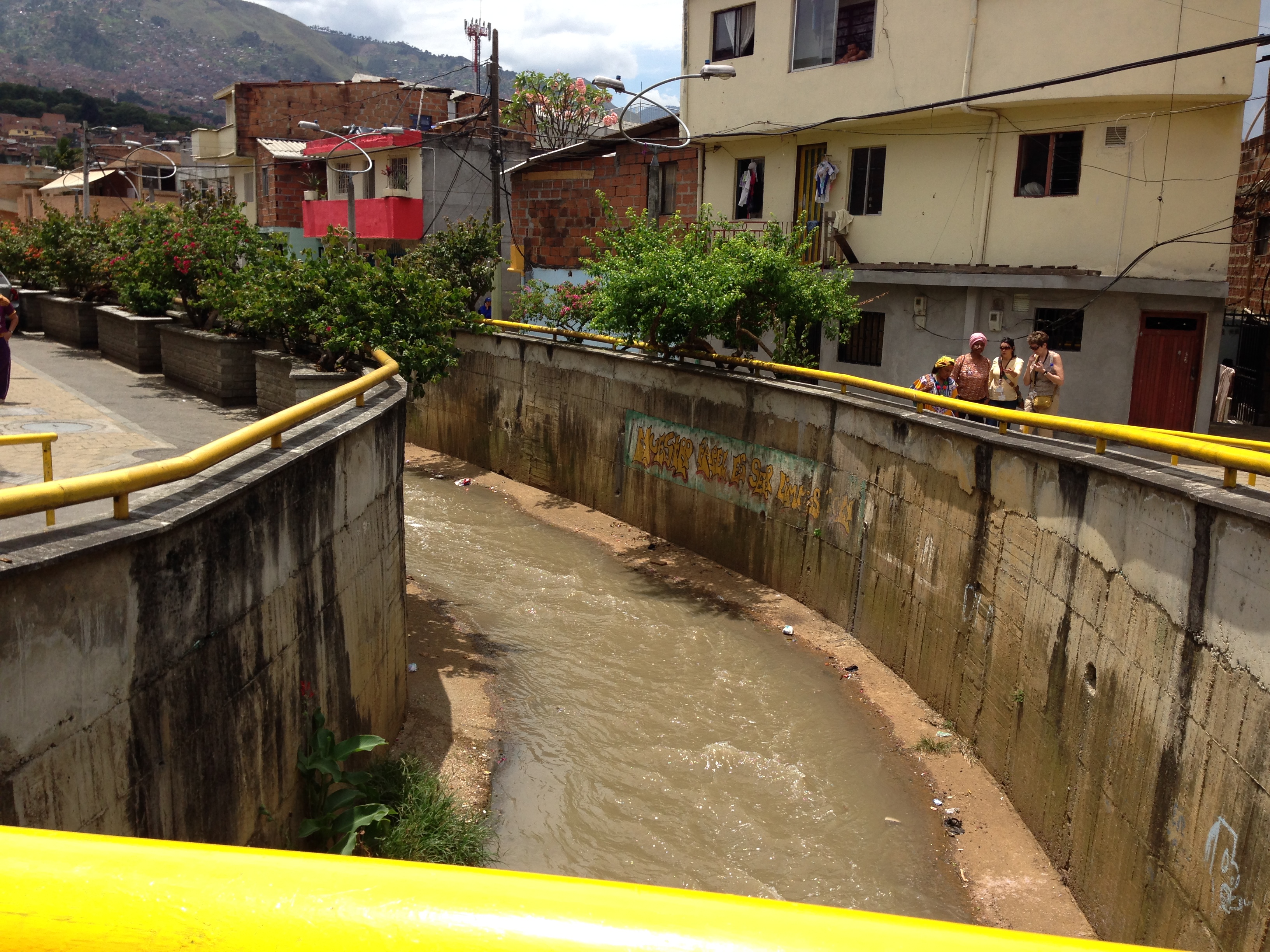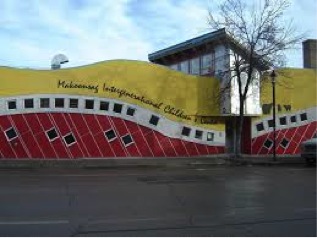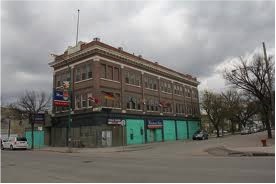In a previous post I talked about a trip I was planning with colleagues from the Manitoba Research Alliance (MRA) and the KIP International School – Universitas Programme, to attend World Urban Forum 7 (WUF7) in Medellin Colombia.
Sara Swartz (Universitas), Lynne Fernandez (CCPA & MRA), Shauna MacKinnon (UW Urban and Inner City Studies and MRA) at WUF 7.
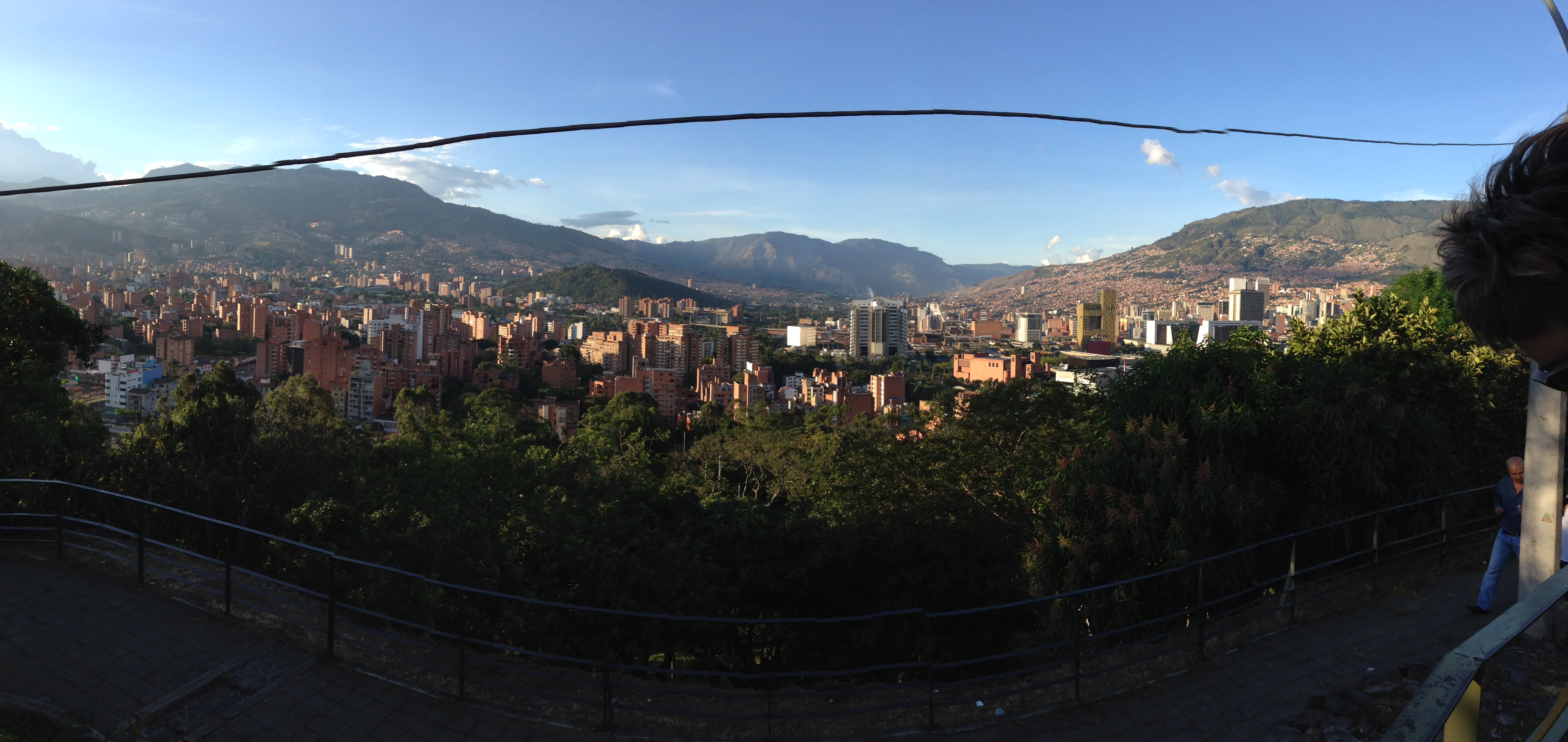
Medellin, Colombia
Our journey to Medeillin began In 2013, when the University of Winnipeg and the Department of Urban and Inner City Studies signed a memorandum of collaboration with KIP-Universitas Programme, the University of Manitoba, the Province of Manitoba and several Winnipeg based organizations. The purpose of the project is to conduct research and share stories about existing initiatives that are having an impact in reducing poverty and building inclusive neighbourhoods.
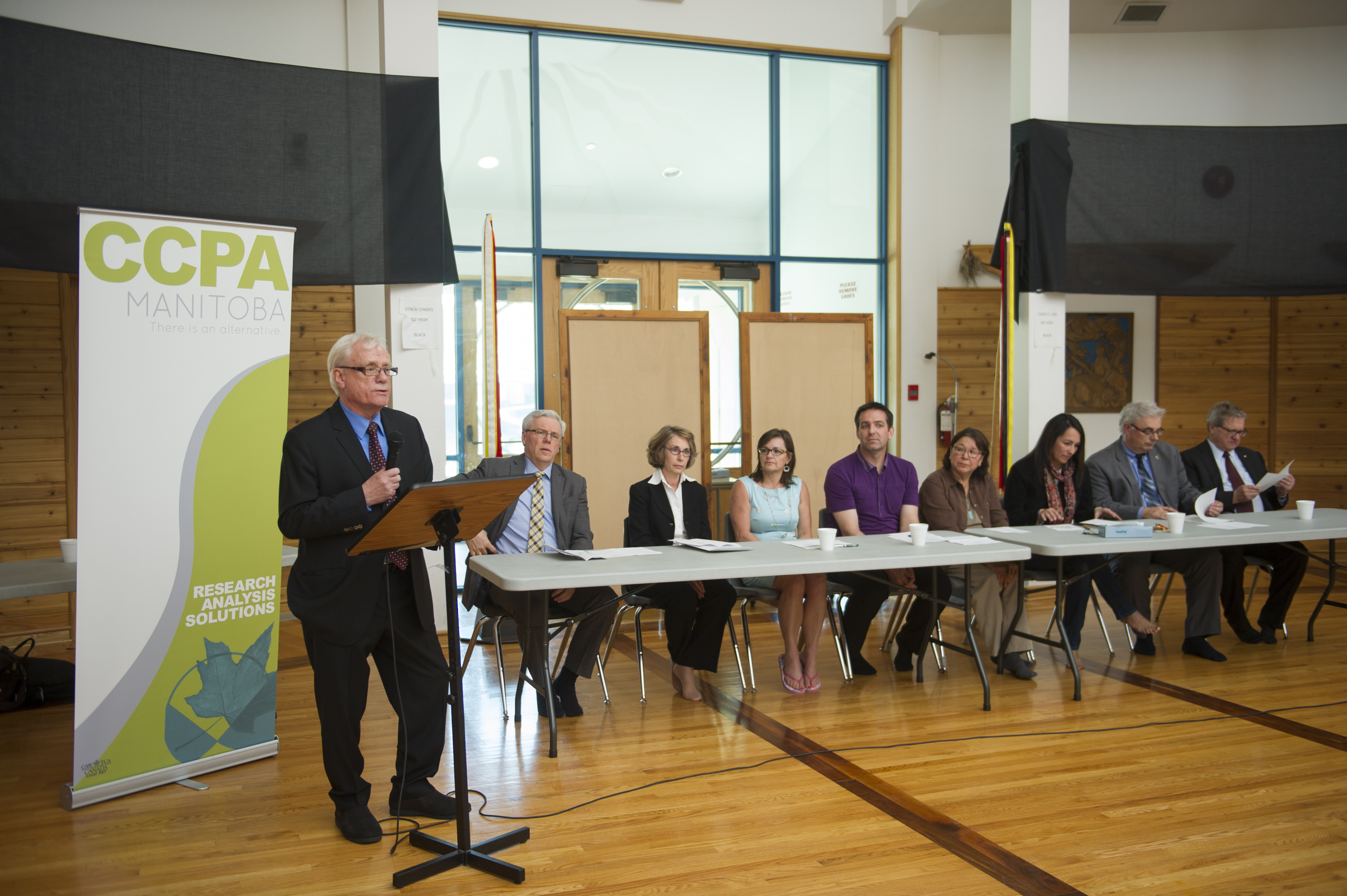 Dr. John Loxley (UM Economics and MRA principle investigator introduces signatories: Manitoba Premier Greg Selinger; Sara Swartz (Universitas),; Dr. Shauna Mackinnon (UW & MRA); Brendan Reimer (CCEDNet); Kathy Mallet (CEDA); Diane Roussin (Ma Mawi Wi Chi Itata Centre; Dr. David Barnard (President UM); Dr. Lloyd Axworthy (President UW)
Dr. John Loxley (UM Economics and MRA principle investigator introduces signatories: Manitoba Premier Greg Selinger; Sara Swartz (Universitas),; Dr. Shauna Mackinnon (UW & MRA); Brendan Reimer (CCEDNet); Kathy Mallet (CEDA); Diane Roussin (Ma Mawi Wi Chi Itata Centre; Dr. David Barnard (President UM); Dr. Lloyd Axworthy (President UW)
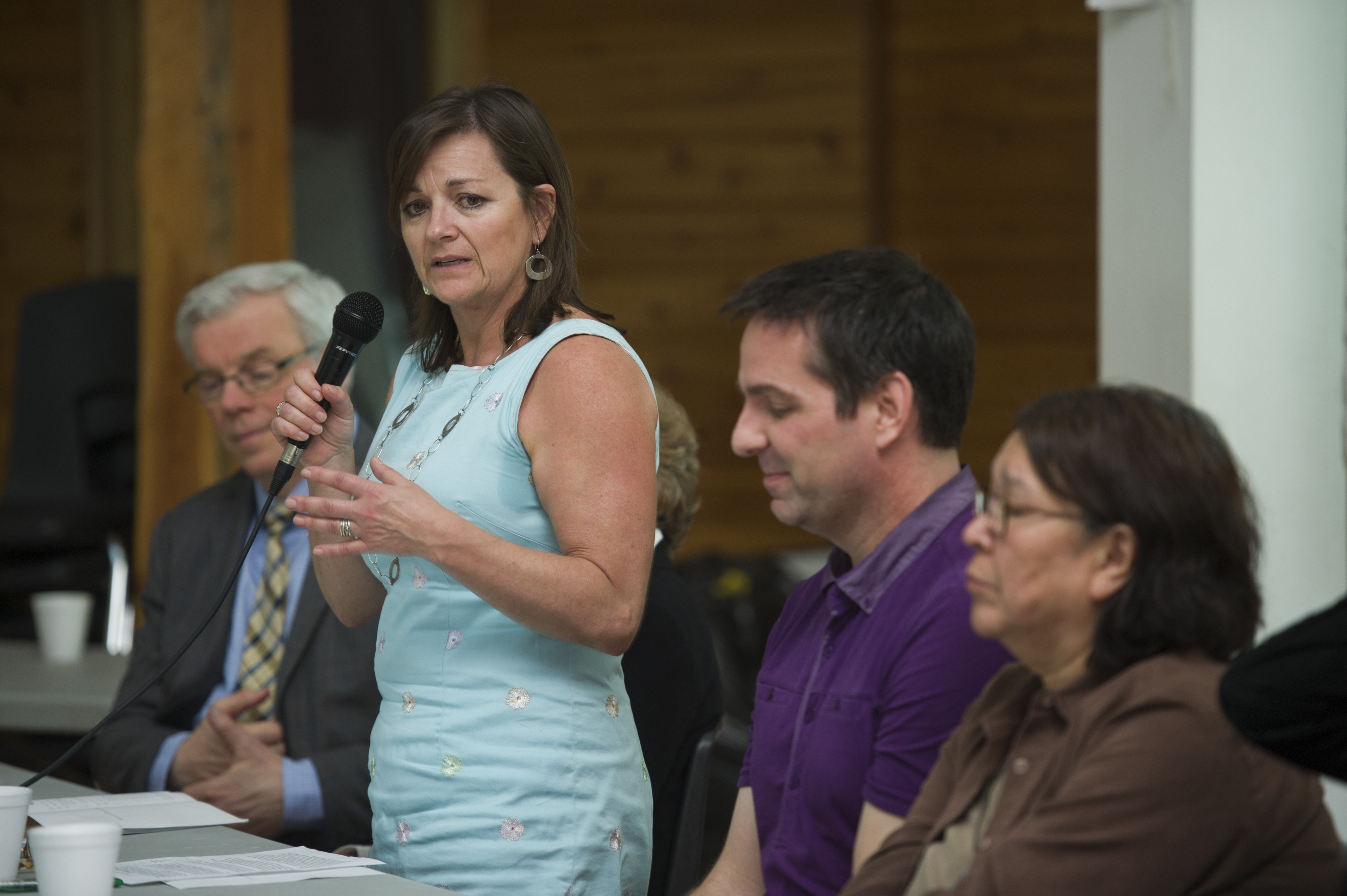
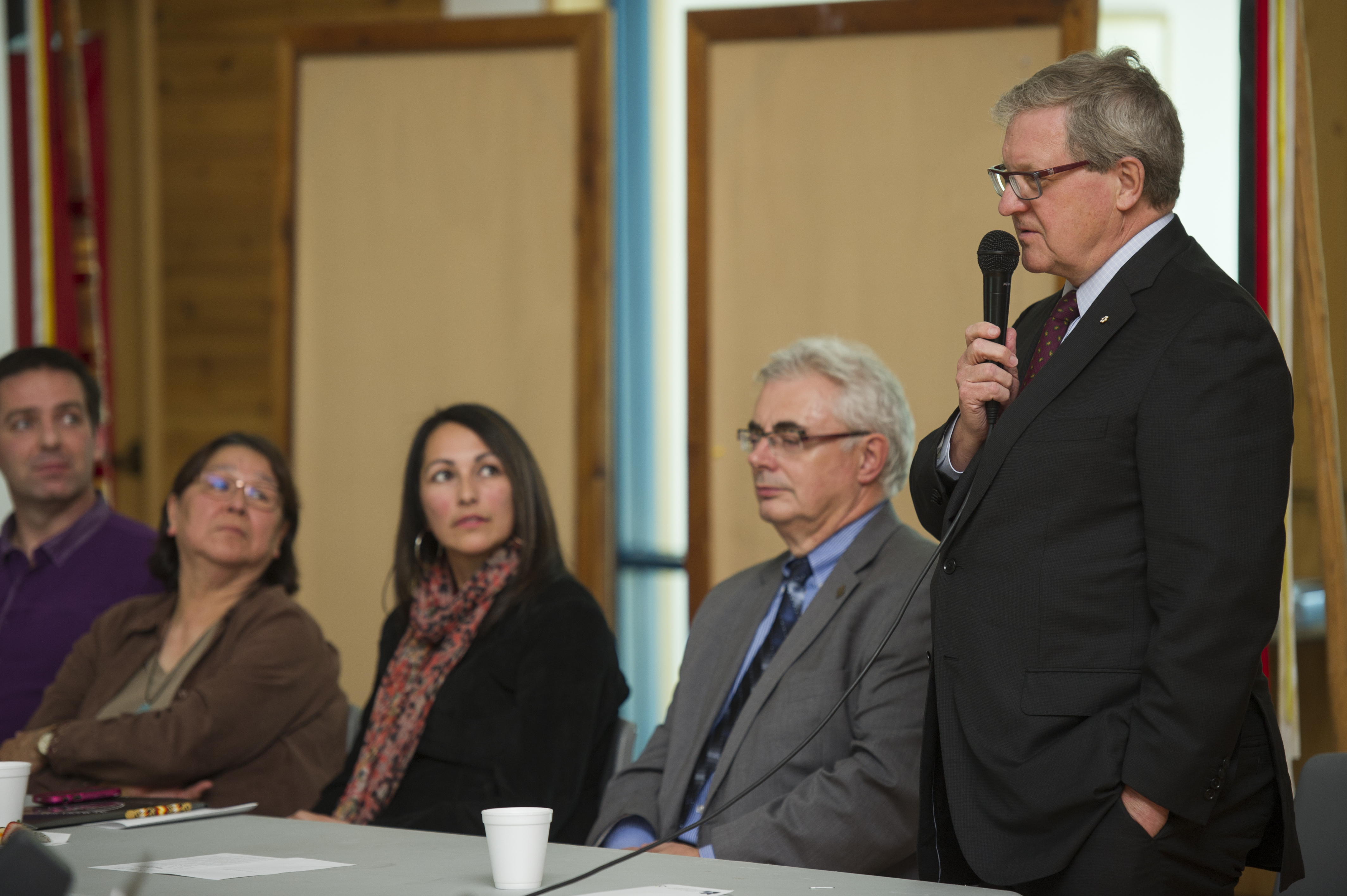
Signing of Memorandum of Collaboration, Circle of Life ThunderBird House, Winnipeg, May 2013
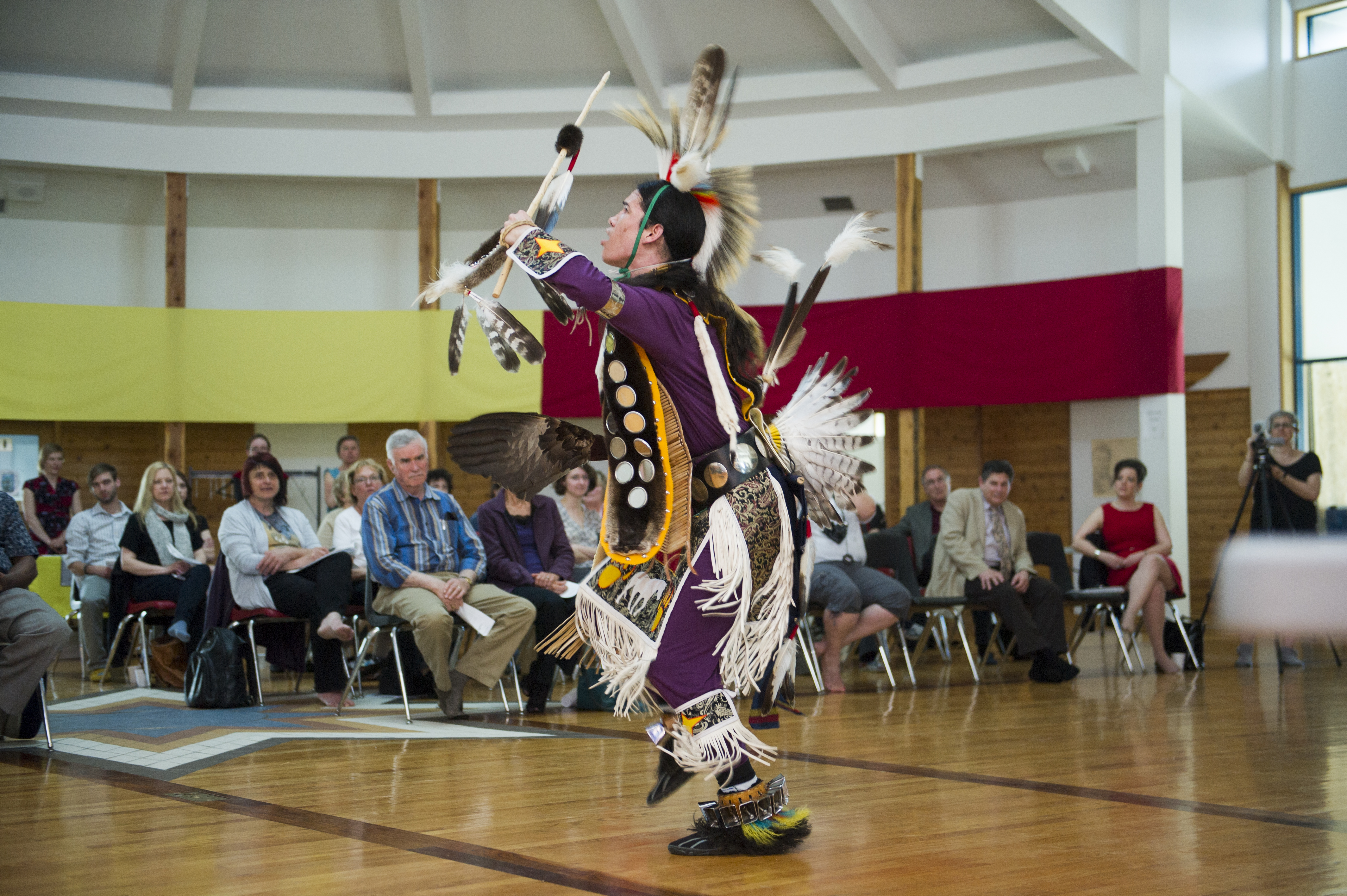
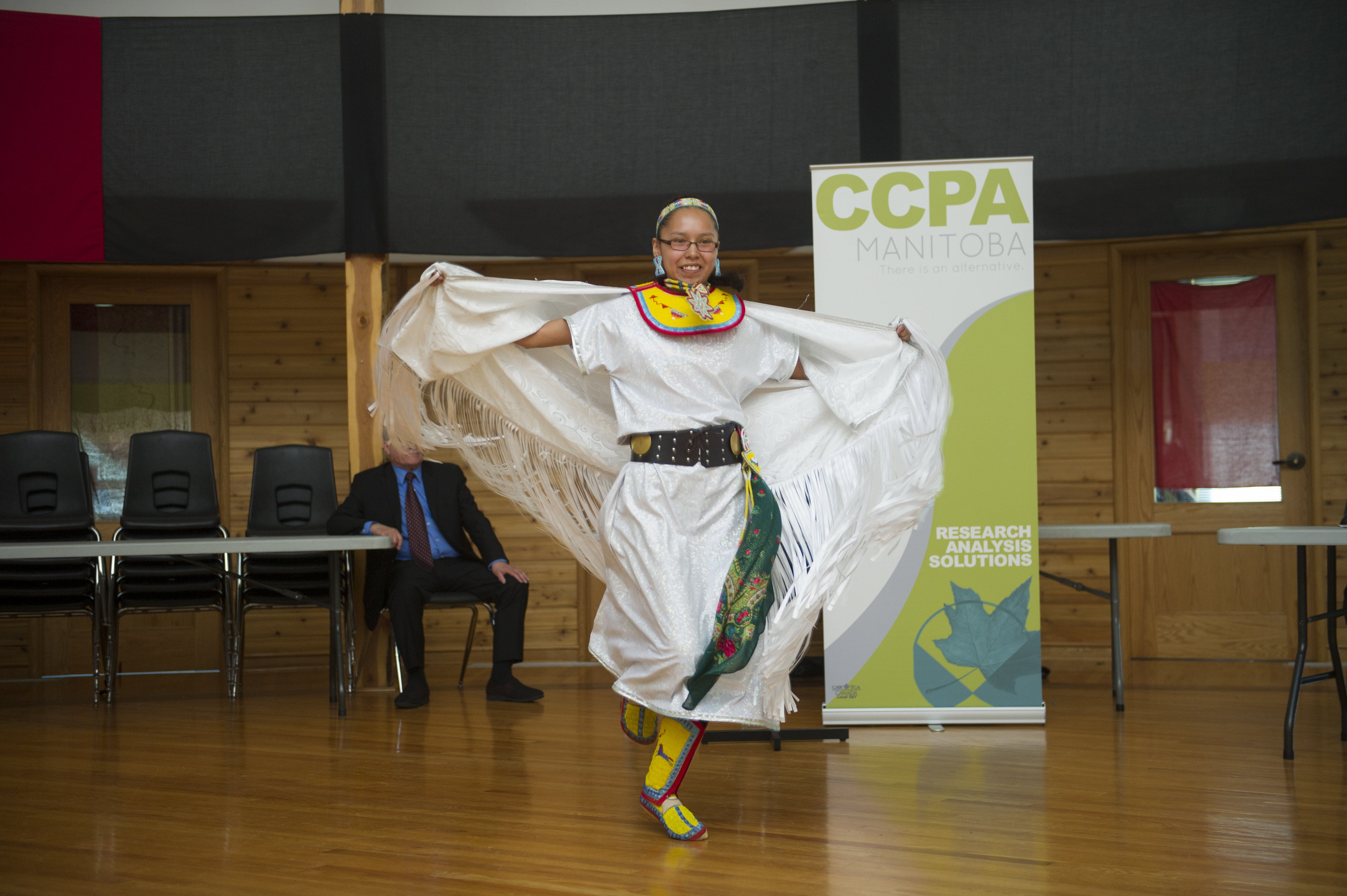
Dancers from Ma Mawi Wi Chi Itata Centre Pow Wow Club help us celebrate
Our trip to Medellin provided us with an opportunity to talk about our collaboration, introduce researchers and development practitioners attending our session at WUF 7 to the inner city of Winnipeg. It was also an opportunity to encourage others to join our collaboration and to inform them of a special issue journal to be published through Universitas Forum in January 2015, thanks to funding from the International Development Research Centre (IDRC).
Getting ready for our presentation in the City Changer Room – WUF 7
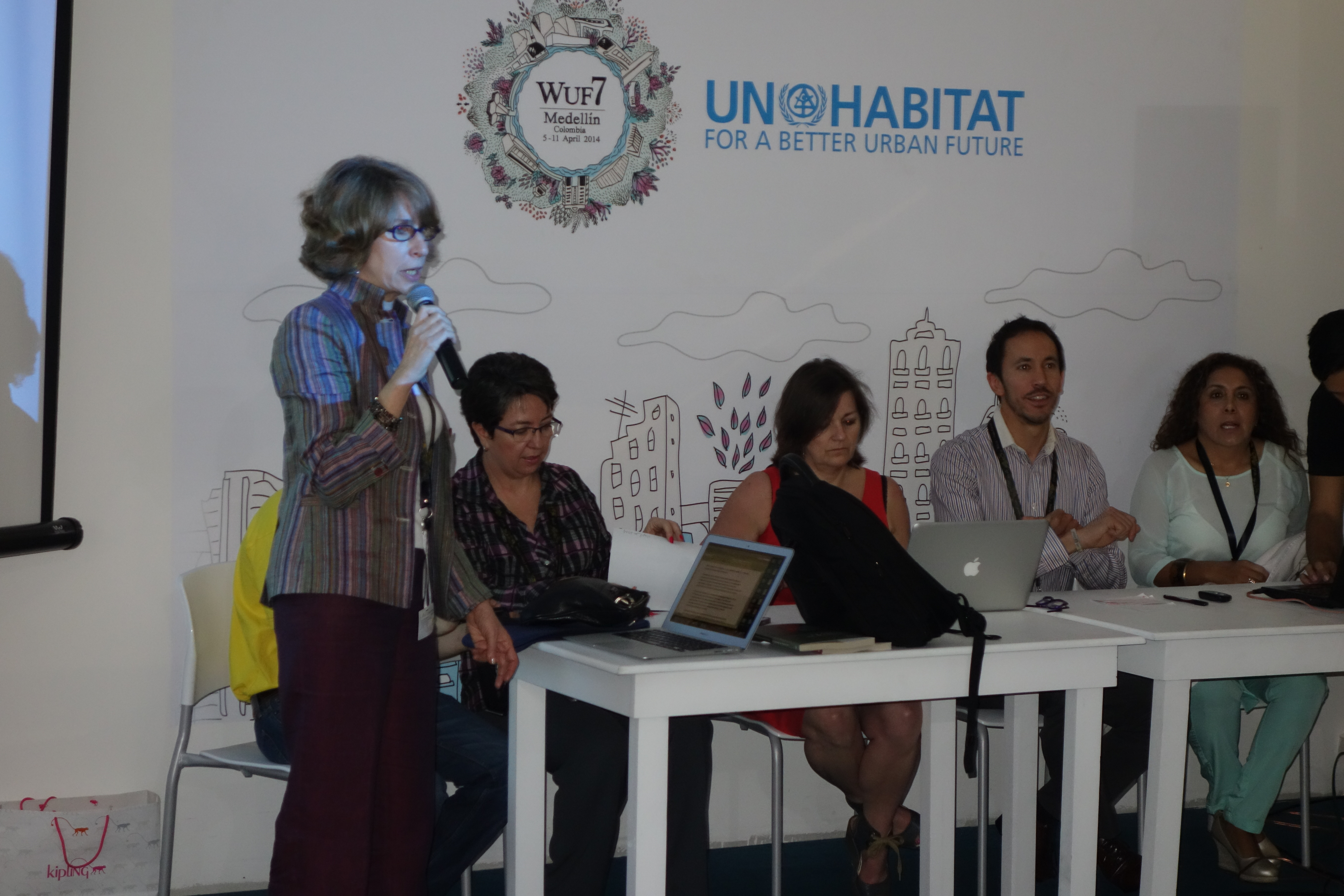 Sara Swartz introduces panelists from Colombia, Canada, Mexico and Peru
Sara Swartz introduces panelists from Colombia, Canada, Mexico and Peru
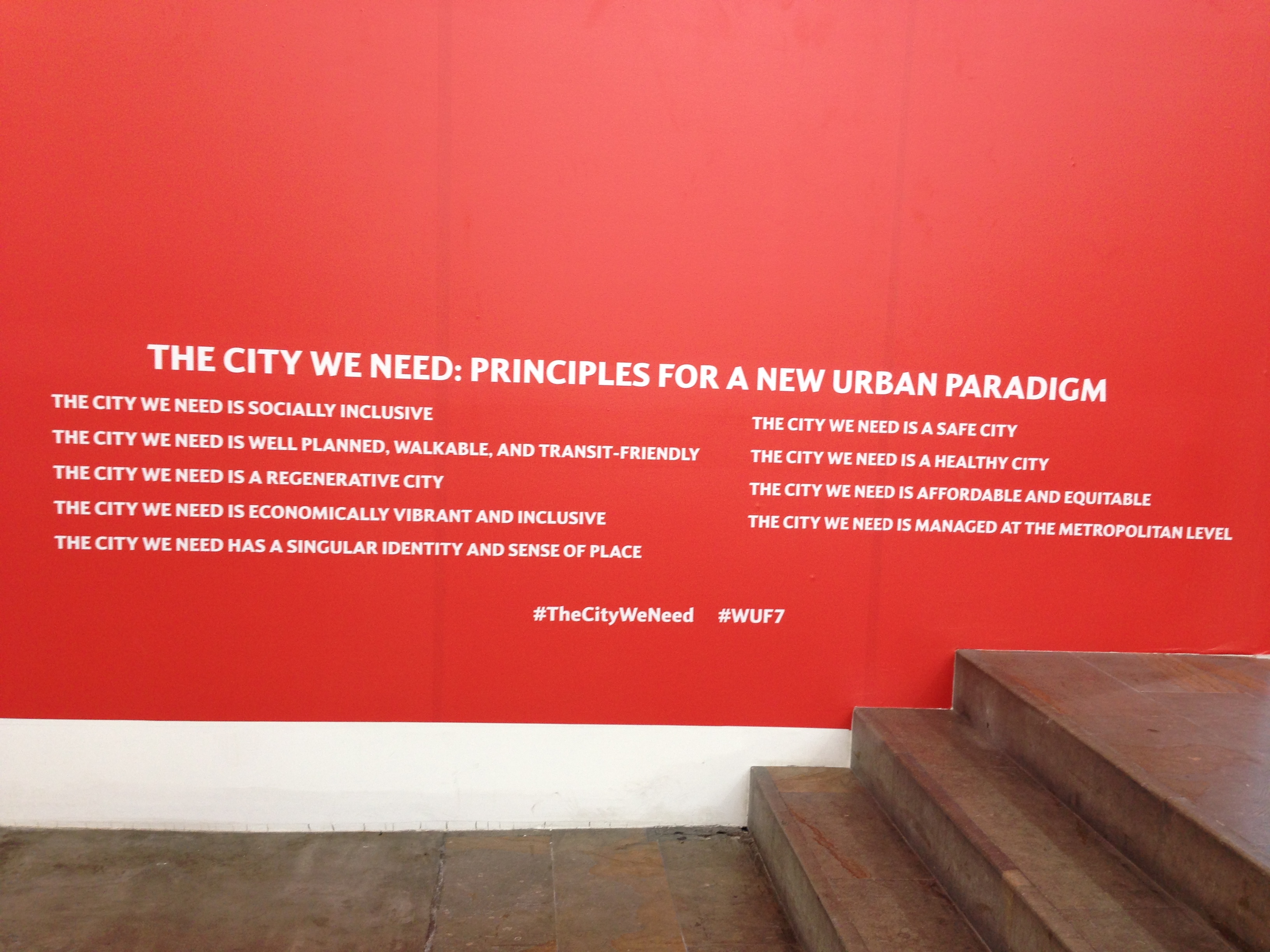
WUF7 – Principles for Inclusive Cities
In the article titled World Urban Forum 7: Lessons from Colombia, we talk about our experience in Medellin, drawing particular attention to the similarities we observed in the two very different cities of Winnipeg and Medellin.
A highlight of our trip was a visit to the neighbourhood of Moravia with a group of local women who have been leaders in transforming a neighbourhood once devastated by violence at the hands of the infamous Pablo Escobar drug cartel.
A walk through Moravia
The women took us for a tour of their community and showed us how, with support from the State, have transformed a toxic garbage site that was once home to hundreds of local residents, into a community garden and emerging social enterprise. It is here that we realized the similarities with our own community. In Winnipeg’s inner city neighbourhoods, women continue to be the quiet leaders, building safe and healthy neighbourhoods for local families..
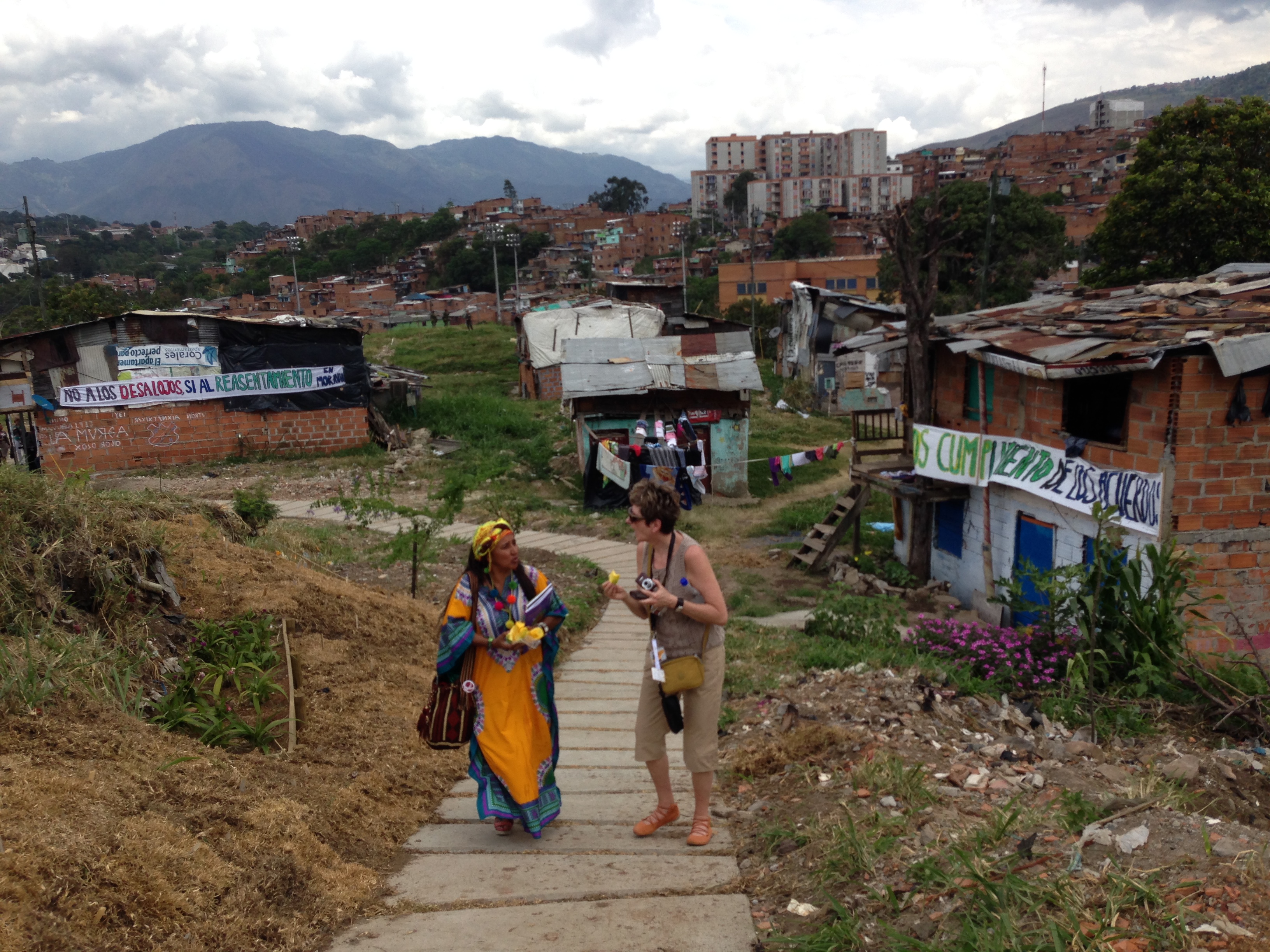 Lynne Fernandez from the MRA learning about Moravia from a local activist
Lynne Fernandez from the MRA learning about Moravia from a local activist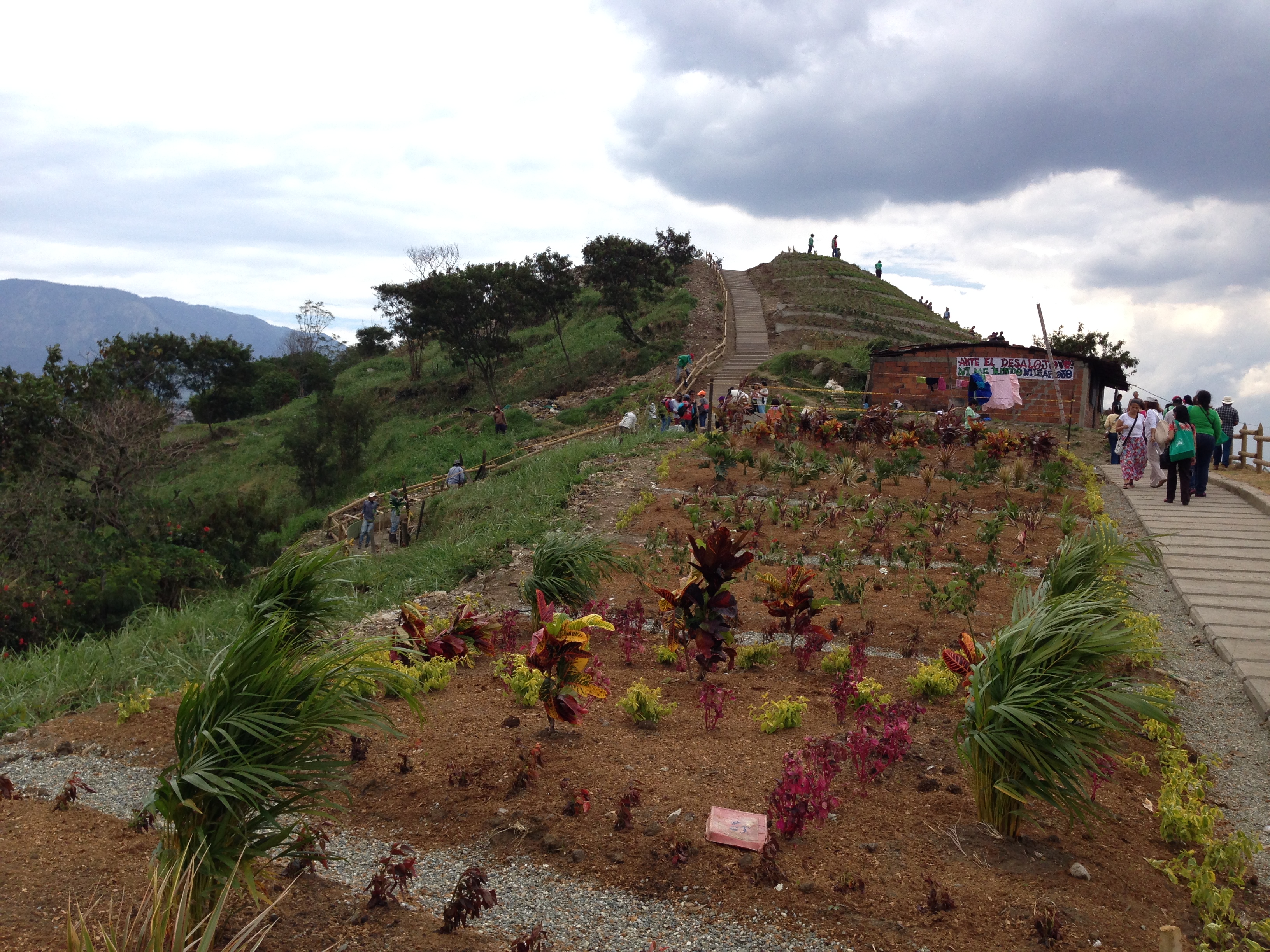 Transformation in Moravia
Transformation in Moravia
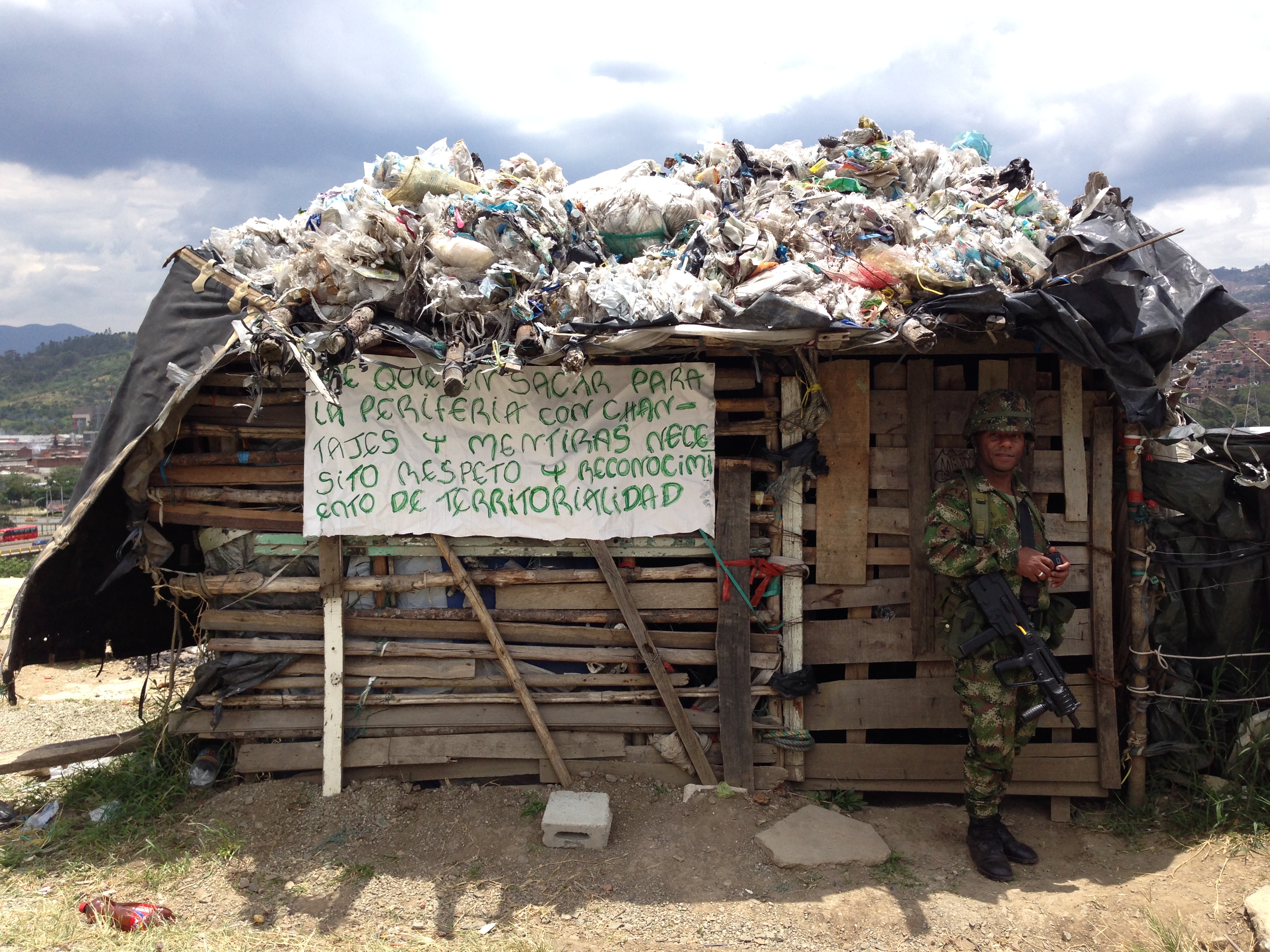 Military taking a break while waiting for the President of Colombia to tour the gardens. While most of the residents are happy to leave ‘garbage hill’ behind for new housing in Moravia, others are resistant to leave their homes.
Military taking a break while waiting for the President of Colombia to tour the gardens. While most of the residents are happy to leave ‘garbage hill’ behind for new housing in Moravia, others are resistant to leave their homes.
Back in Winnipeg, people living and working in inner-city communities continue to build more inclusive, healthy communities, and better living conditions, 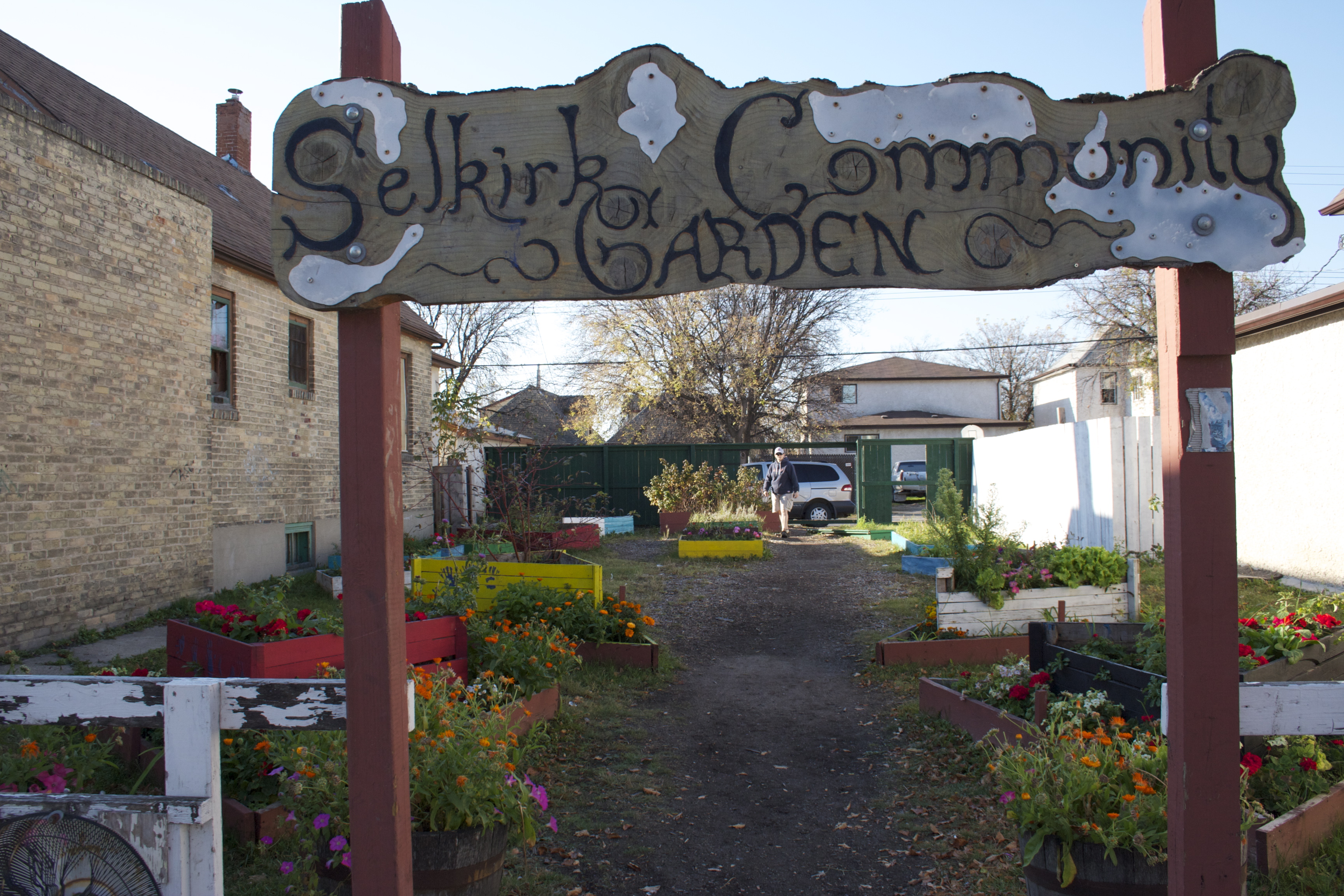 A new sign for Selkirk Ave. Garden – 2012
A new sign for Selkirk Ave. Garden – 2012
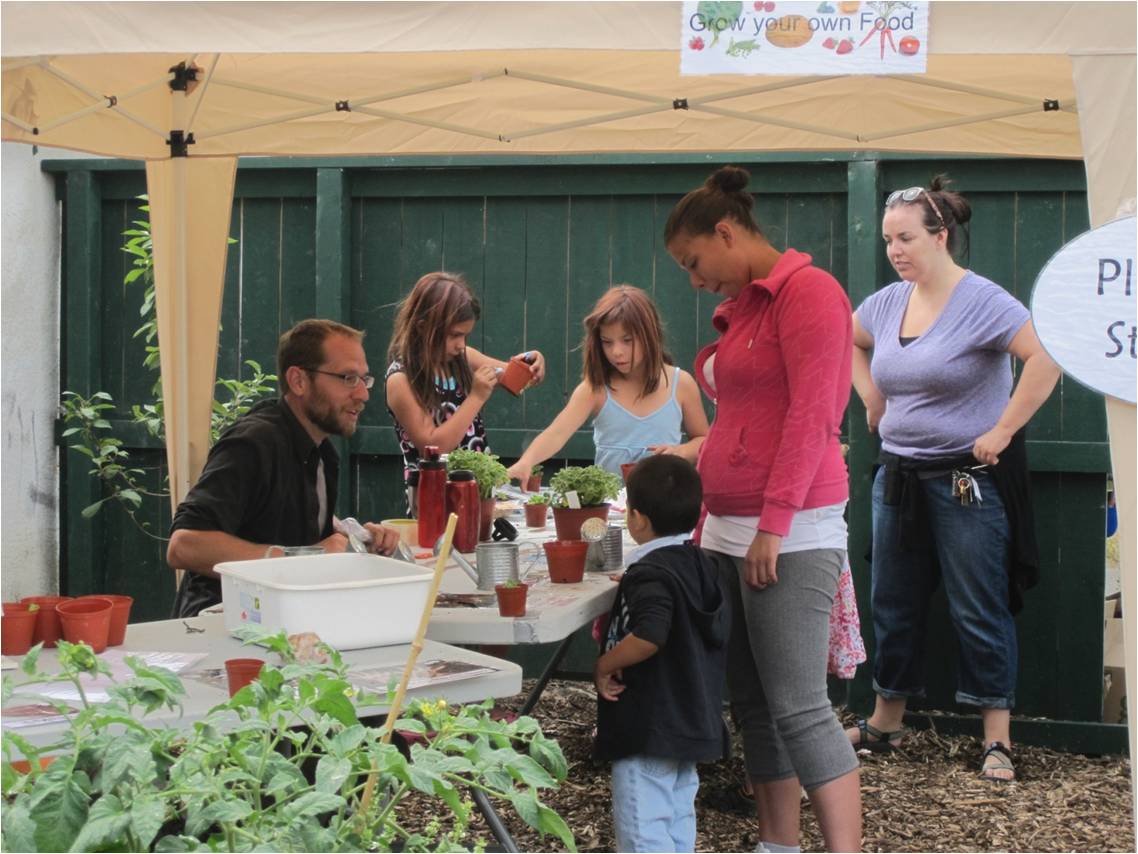 Dufferin Residents Association: Planting event in the Selkirk Ave.
Dufferin Residents Association: Planting event in the Selkirk Ave.
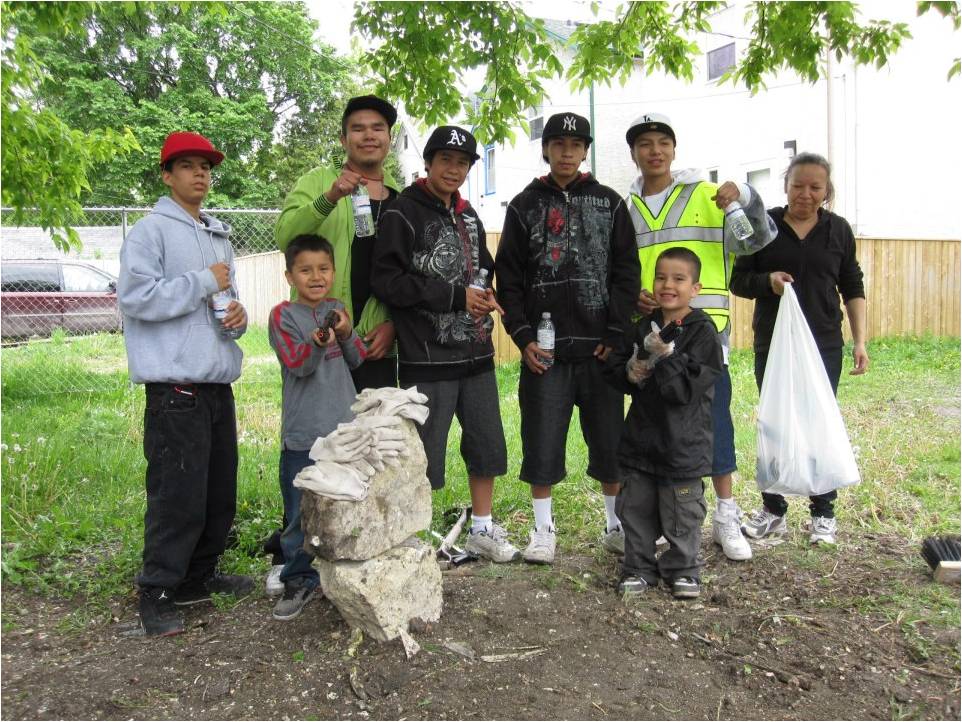
North End residents participate in Dufferin Community Clean-up in the North End , Dufferin Community
The University of Winnipeg is contributing to inner city development in many ways. One way is through the Urban and Inner City Studies Program (UICS), located on Selkirk Ave. This program provides opportunities for local residents interested in pursuing a University degree to begin their journey in a small, safe, local learning environment. Selkirk Ave. is becoming a hub of intergenerational learning in Winnipeg’s North End.
UICS is temporarily located in the Makoonsang Childcare building, with plans to relocate in Merchants Corner once this building, now owned by the community, is redeveloped. This video describes the intergenerational learning hub that is fast becoming known as the “North End Campus”.
It was nice to share our inner city stories with people from around the world attending WUF7 in Medellin, and it was a great opportunity to learn about the revitalization work being done in other cities. But the most interesting lesson we took home is that our communities are more similar than we imagined. People living and working in inner city neighbourhoods know what they need – but they need state support to help them make it happen.


